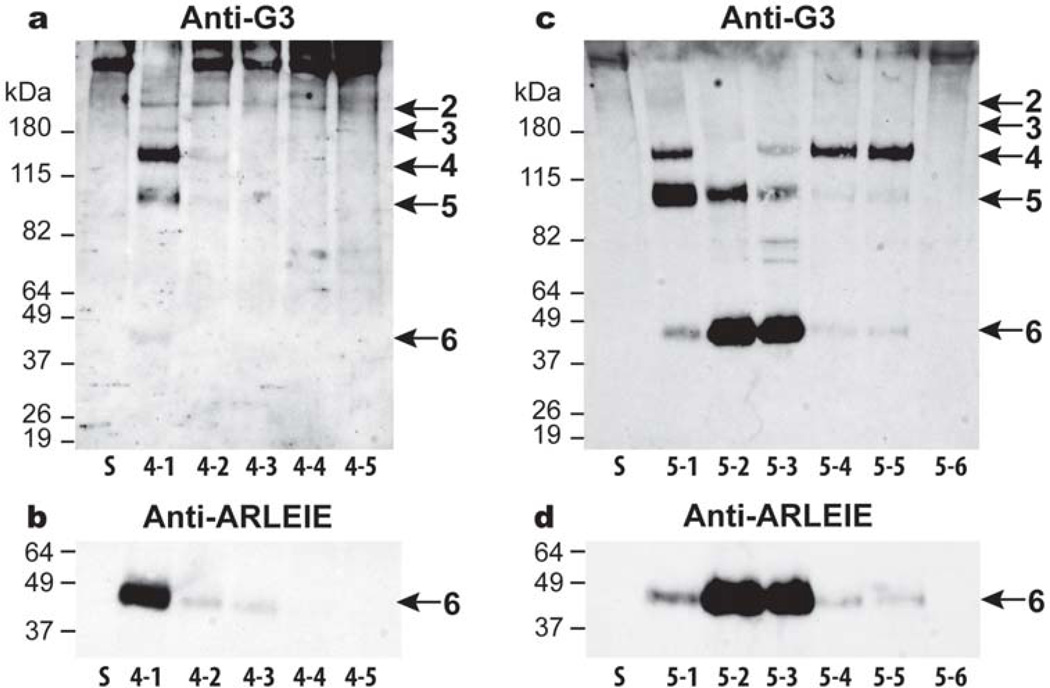Fig. 5. Cleavage within the aggrecan CS-2 domain by truncated forms of ADAMTS4 and ADAMTS5.
Fetal bovine aggrecan (lane S) was digested for 16 h with 5 nM (a and b) recombinant ADAMTS4-1, full-length (lane 4-1); ADAMTS4-2, lacking the Sp domain (lane 4-2); ADAMTS4-3, lacking the Sp and CysR domains (lane 4-3); ADAMTS4-4, lacking the Sp, CysR and TS domains (lane 4-4); ADAMTS4-5, lacking the Sp, CysR, TS and Dis domains (lane 4-5) or (c and d) ADAMTS5-1, full-length (lane 5-1); ADAMTS5-2, lacking the TS2 domain (lane 5-2); ADAMTS5-3, lacking the TS2 and Sp domains (lane 5-3); ADAMTS5-4, lacking the TS2, Sp and CysR domains (lane 5-4); ADAMTS5-5, lacking the TS2, Sp, CysR and TS1 domains (lane 5-5); and ADAMTS5-6, lacking the TS2, Sp, CysR, TS1 and Dis domains (lane 5-6). Digested samples were then analyzed by immunoblotting using an aggrecan anti-G3 (a and c) or anti-ARLEIE antibody (b and d). Blots incubated with the anti-ARLEIE antibody were allowed to develop for different exposure times to maximize the detection of the 4-1 product while allowing comparison of the relative activities of the ADAMTS5 forms. The migration positions of aggrecanase-generated products are indicated on the right (2–6). Migration positions of molecular weight markers (kDa) are indicated on the left.

